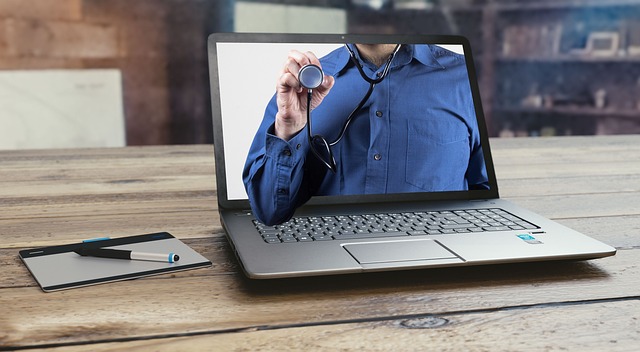Since the outbreak of COVID-19 in 2020, the use of telehealth technology (Telemedicine) has been increasing, followed by realities and advancements, all of which are to achieve the aim of connecting patients with doctors, regardless of how far the distance is.
However, after the pandemic died down, there is one question: Will telemedicine still remain an important aspect to be developed, or is it just a trend?
The statistics below should persuade you: According to Statista, the global telemedicine market will be worth $460 billion in 2024, ten times what it was in 2019.
Telemedicine makes use of cutting-edge technologies and devices to provide remote clinical services to patients who live far away. Complex software will be used by clinics and healthcare providers to plan e-visits, make diagnoses and provide treatment, prescribe medication, and provide sensitive medical information.
Nevertheless, telemedicine is not only used in the medical aspect, but also in different branches, namely physical therapy, neurology, and pediatrics. It’s considered a lifesaver for people who live in areas that lack specialized doctors or vital medical services.
There are three main types of telemedicine:
Store-And-Forward: This type will send all patient information, as well as their medical history to the doctor, with the risk of wrong diagnosis due to the reliance on medical records and imaging reports.
Real-Time E-Visits: The process is quite identical to traditional in-person visits, but with the use of videoconferencing applications that have built-in care systems.
Remote Patient Monitoring (RPM): This is widely used to manage chronic diseases – cancer, asthma, heart disease, etc., with a minor risk of inaccurate testing, which is not a big concern since doctors will still have to follow medical standards and supervise their patients at all stages.
Telemedicine offers the following benefits:
Better access and high-quality medical care: According to JAMA Network researchers, patients who are treated through qualified telehealth services all over the world will have better physical and mental health because they do not feel stressed or inconvenienced.
Cost-Effectiveness: Telehealth helps patients reduce the time and money to travel to traditional clinics.
Patient Happiness: Over 60% of patients said that they prefer to consult with doctors over the screen if possible.
Telemedicine is an important alternative to traditional medical services. With revolutionary progress in smartphone users and medical software development, telemedicine will definitely become a vital part of future healthcare systems.
Source: Forbes.com
Image by Tumisu from Pixabay






